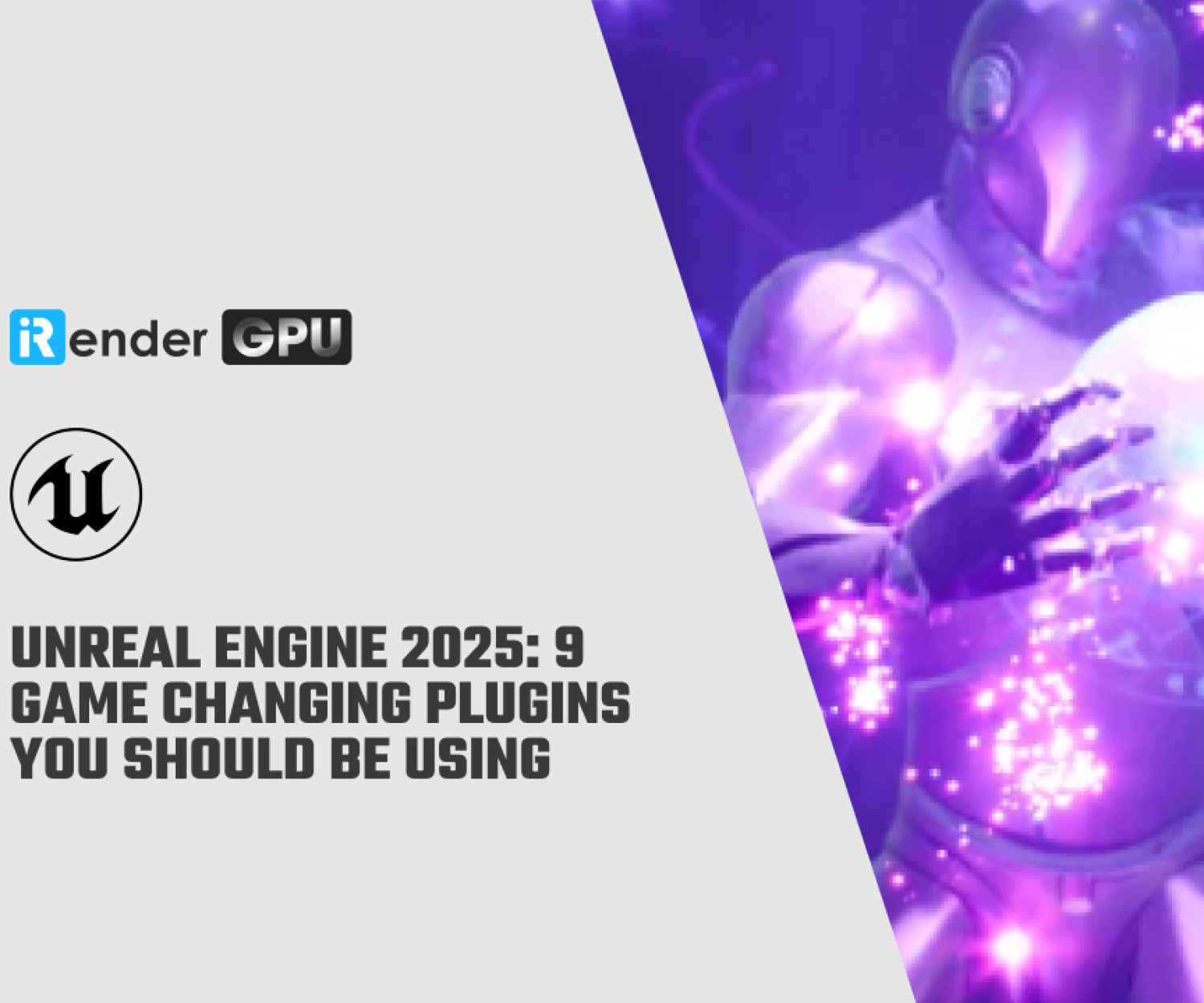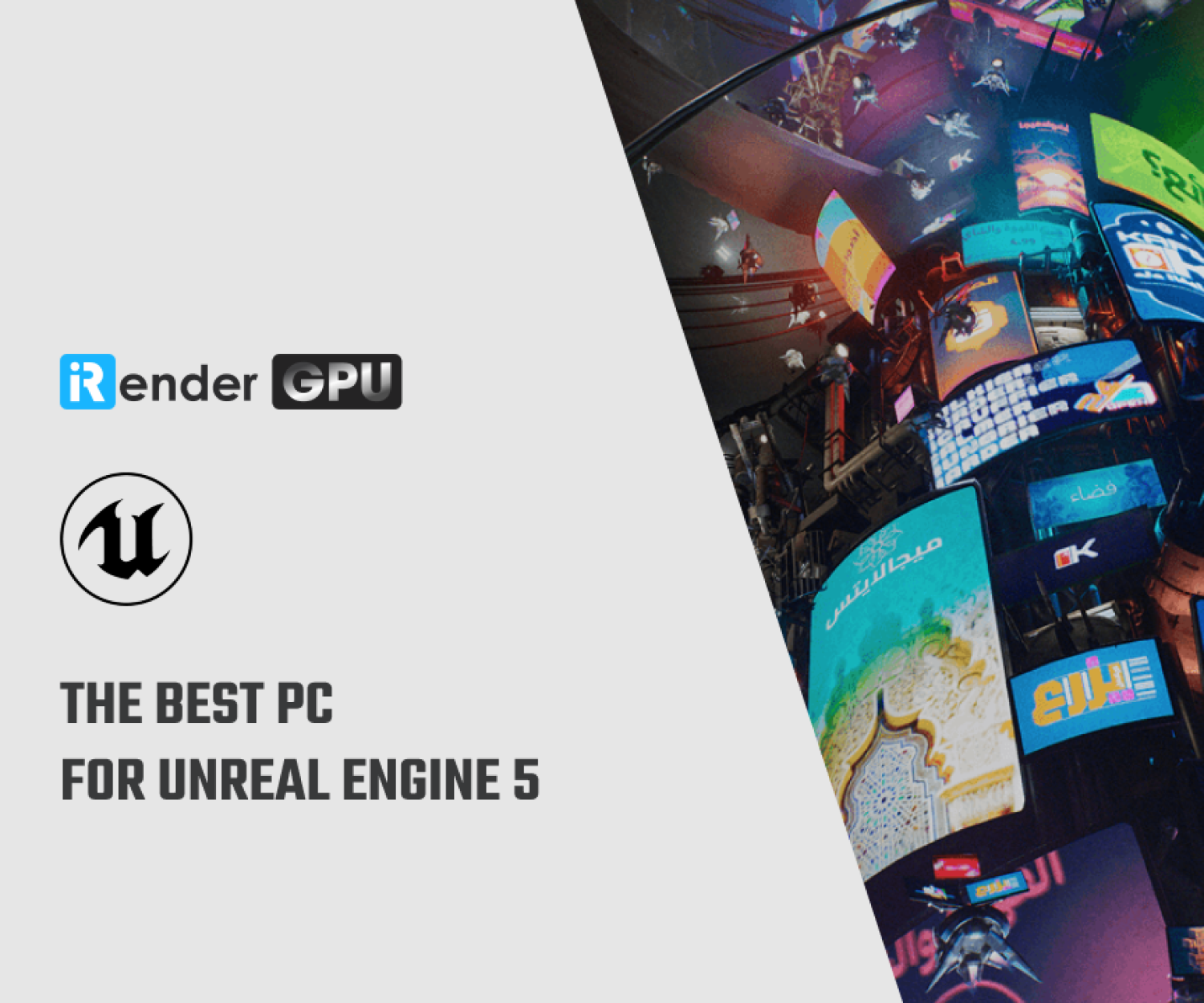Overview Unreal Engine 5 Early Access
Overview Unreal Engine 5, which is the next major evolution of Unreal Engine, enhanced for the next generation of games, real-time visualizations, and immersive interactive experiences. It will empower game developers and creators across all industries to realize next-generation real-time 3D content and experiences with greater freedom, fidelity, and flexibility than ever before.
The UE5 Early Access release gives you the first chance to get your hands on these innovative new tools for next-generation game development. This Early Access release is aimed specifically at game developers who like to live on the bleeding edge.
Key features in UE5 Early Access
Nanite
Our new Nanite virtualized micropolygon system lets users create games with massive, unprecedented amounts of geometric detail. Directly import film-quality source assets comprised of millions of polygons and place them millions of times, all while maintaining a real-time frame rate, and without any noticeable loss of fidelity. Nanite intelligently streams and processes only the detail you can perceive, largely removing poly count and draw call constraints, and eliminating time-consuming tasks such as baking details to normal maps and manually authoring LODs—freeing you up to concentrate on creativity.
Lumen
Lumen is a fully dynamic global illumination solution that lets users create dynamic, believable scenes. With Lumen, indirect lighting adapts on the fly to changes to direct lighting or geometry, such as changing the sun’s angle with the time of day, turning on a flashlight, or opening an exterior door. This means you no longer have to author lightmap UVs, wait for lightmaps to bake, or place reflection captures—you can simply create and edit lights inside the Unreal Editor and see the same final lighting as when the game is run on console.
Open Worlds
One of our goals is to make the creation of open worlds faster, easier, and more collaborative for teams of all sizes. The new World Partition system in Unreal Engine 5 changes how levels are managed and streamed, automatically dividing the world into a grid and streaming the necessary cells. Team members can also simultaneously work on the same region of the same World without stepping on each other’s toes via the new One File Per Actor system. Data Layers allow you to create different variations of the same World—such as daytime and nighttime versions—as layers that exist in the same space.
Animation
Author incredibly detailed characters in dynamic, real-time environments with Unreal Engine 5’s powerful animation toolset. Working in context, you can iterate faster and more accurately, without the need for time-consuming round-tripping. Artist-friendly tools like Control Rig let you quickly create rigs and share them across multiple characters; pose them in Sequencer and save and apply the poses with the new Pose Browser; and easily create natural movement with the new Full-Body IK solver. And with Motion Warping, you can dynamically adjust a character’s root motion to align to different targets with a single animation.
MetaSounds
Unreal Engine 5 introduces a fundamentally new way of making audio, with MetaSounds, a high-performance system that offers complete control over audio DSP graph generation of sound sources, letting users manage all aspects of audio rendering to drive next-generation procedural audio experiences. MetaSounds is analogous to a fully programmable material and rendering pipeline, bringing all the benefits of procedural content creation to audio that the Material Editor brings to shaders: dynamic data-driven assets, the ability to map game parameters to sound playback, huge workflow improvements, and much more.
Editor Workflow
The revamped Unreal Editor provides an updated visual style, streamlined workflows, and optimized use of screen real estate, making it easier, faster, and more pleasing to use. To free up more space for viewport interactions, we’ve added the ability to easily summon and stow the Content Browser and to dock any editor tab to the collapsible sidebar. You can now quickly access frequently used properties in the Details panel with a new favoriting system, while the new Create button on the main toolbar lets you easily place Actors into your world.
MetaHumans
Want to populate your Unreal Engine 5 worlds? MetaHumans created in MetaHuman Creator are compatible with both UE4 and UE5. Sign up for MetaHuman Creator Early Access to begin importing your own MetaHumans, or simply download any of over 50 premade digital humans from Quixel Bridge.
Is Early Access Right for You?
You might want to consider trying UE5 Early Access if most or all of the following statements apply to you:
- You are working on games or other similar interactive experiences.UE5 Early Access is intended to get disruptive new technologies into the hands of game studios as soon as possible, to aid in prototyping upcoming next-generation projects. However, the new features in UE5 Early Access have not yet been widely validated with customers for other workflows.
- You already have significant experience with UE4.Users who are already familiar with UE4 should be able to transition their workflows to UE5 with relative ease. UE5 Early Access is also accompanied by the Valley of the Ancient project, which illustrates many of the compelling new features in a working gameplay sample. However, outside of this project, learning materials for Early Access will be limited compared with the depth and breadth of materials that exist for UE4. In addition, new features and workflows will continue to change over time from their current state. We therefore recommend that users who are completely new to Unreal start by learning UE4 until UE5 is production-ready.
- You are planning a project for release in late 2022 or beyond.One of the principal aims of the Early Access release is to offer a first glimpse of the new features and workflows to game teams well in advance of their availability for production uses. This can help your team prepare to hit the ground running when UE5 reaches its production-ready release. If you’re planning a release of your project sooner, in 2021 or in early 2022, we highly recommend that you continue to build on the solid and battle-tested foundation offered by UE4.
- You don’t mind the rough edges.UE5 Early Access is a snapshot of a rapidly moving target. Before we consider the features introduced in Early Access to be ready for production use, we have a significant amount of work to do on performance, stability, and polish. If your goal is to gain experience with new features and workflows to prepare for future projects, this should not slow you down. However, we want you to be aware that relying on the new features in UE5 Early Access may entail some unpredictable disruptions. The good news is that you can help to smooth these rough edges by reporting your experiences to help us improve them.
If most or all of the statements above are not true — for example, if you are just getting started with Unreal, if you are planning a near-term project, or if you need a stable and production-ready engine — feel free to experiment with Early Access, but we recommend that you continue to work in UE4 for now.
System requirement
Target Platforms and Devices
UE5 Early Access supports the same target platforms and devices supported by UE4, with the following exceptions:
- Support for 32-bit platforms has been removed.
- UE5 Early Access now supports Apple Silicon devices as a native runtime target. (Note, however, that the Unreal Editor runs translated through Rosetta 2 as an Intel binary.)
- Not all new features currently work on all platforms. For example, Lumen and Nanite do not currently support mobile devices or last-generation consoles, and require an NVIDIA or AMD GPU on PC. Platform and GPU support for new features may or may not change between Early Access and the production release of UE5.For more information on the current platform limitations by feature, see the Release Notes page and the detailed documentation on each individual feature.For the list of supported systems and SDK versions for all target platforms, see the Platform SDK Upgrades section of the Release Notes.
Hardware Requirements for Development
Basic hardware requirements for working with Unreal Engine 5 Early Access are unchanged from UE4. For details, see the most recent UE4 documentation.
However, some of the new features in Early Access will require higher-end hardware to get best results.
For example, to get the most out of Nanite and Lumen, we currently recommend the equivalent of an NVIDIA GTX 1080, AMD VEGA 64, or better. We also recommend upgrading to the latest drivers for your GPU.
Conclusion
Unreal Engine 5 is expected to ship in early 2022, and will empower creators across all industries to deliver stunning real-time content and experiences. The Early Access build has only been tested on game development workflows and offers a chance for game developers to go hands-on with some of the most exciting new features. Additional features and other improvements for all industries will be part of the full Unreal Engine 5.0 release in early 2022.
At iRender, we have developed multiple RTX 3090 workstations specifically optimized and configured for GPU rendering workflows, from single- GPU 1x RTX 3090 to Multi-GPU 2/4/6/8 x RTX 3090, you can choose one server that is suitable for your demand and your software to get started. You are guaranteed to experience maximum performance for your budget. Users will remotely connect to our server, install their software only one time and easily do any intensive tasks like using their local computers. We offer clients the powerful processor Intel Xeon W-2245 @ 3.90GHz / AMD Ryzen Threadripper Pro 3955WX @ 3.90GHz and up to 1 TB SSD to load your scene quickly.
Register an account today for FREE TESTING COUPON to experience our service. Or contact us via WhatsApp: (+84) 912 785 500 for advice and support.
Thank you & Happy Rendering!
Reference source: Unrealengine.com
Related Posts
The latest creative news from Unreal Engine Cloud rendering.






